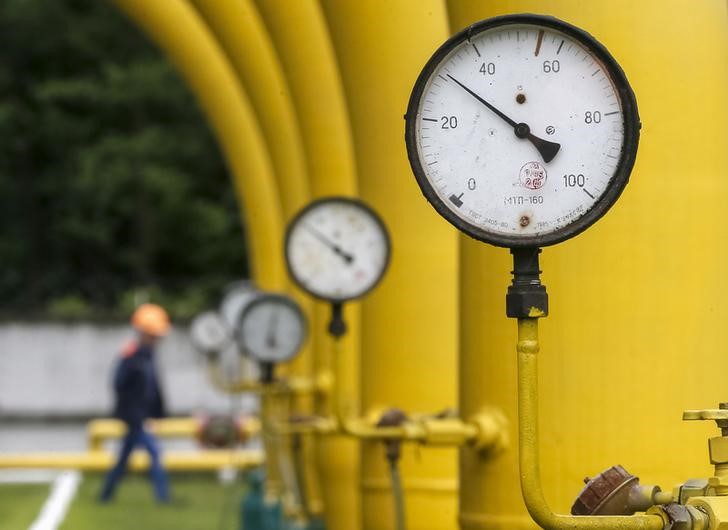By Geoffrey Smith
Investing.com -- U.S. natural gas futures hit their highest level since 2008 on Tuesday, as an unseasonable spell of cold weather across the northeast and Great Lakes added to longer-term structural factors that have driven prices higher in recent weeks.
The front-month June natgas contract rose above $8 per million British thermal units before retracing some of its gains later to trade at $7.9805 per mmBtu by 9:35 AM ET (1335 GMT), up 6.8% on the day.
The cold snap comes at a time when gas in storage in the U.S. is already below its usual low point at the end of the winter heating season. Traders had already pushed prices higher in anticipation of utilities chasing supplies to bring storage levels back up to the seasonal average
Prices have risen 50% since late February, squeezed higher by demand from electricity generators and from the export market for LNG, which has tightened sharply since Russia’s invasion of Ukraine.
The LNG market is set to remain tight due to European Union countries’ scramble to find substitutes for Russian gas this summer, ahead of the next winter heating season. Russia has already cut supplies to Poland and Bulgaria for their refusal to pay for deliveries in rubles, in what was widely interpreted as a warning to state-owned monopoly Gazprom's bigger European customers in Germany and Italy.
As such, gas is increasingly being sucked out of the U.S. by high global prices through new facilities such as the Calcasieu Pass LNG export terminal in Louisiana, which received formal approval to commission six new liquefaction blocks this week. The terminal is taking 800 million cubic feet of gas a day at present.
Also adding to the pressure on prices is the dwindling availability of domestic pipeline capacity, due to underinvestment in new pipelines in recent years, with repeated project cancellations now crimping output growth in the key Appalachian shale basin.
The $8 billion Atlantic Coast pipeline was canceled two years ago on cost grounds while Equitrans Midstream’s Mountain Valley pipeline from West Virginia to Virginia has been held up by legal disputes, mainly on environmental concerns. It’s not expected to enter service before next year.
Analysts at Bank of America argued in a recent note that there will be "little to no production growth" until new pipes are commissioned.
